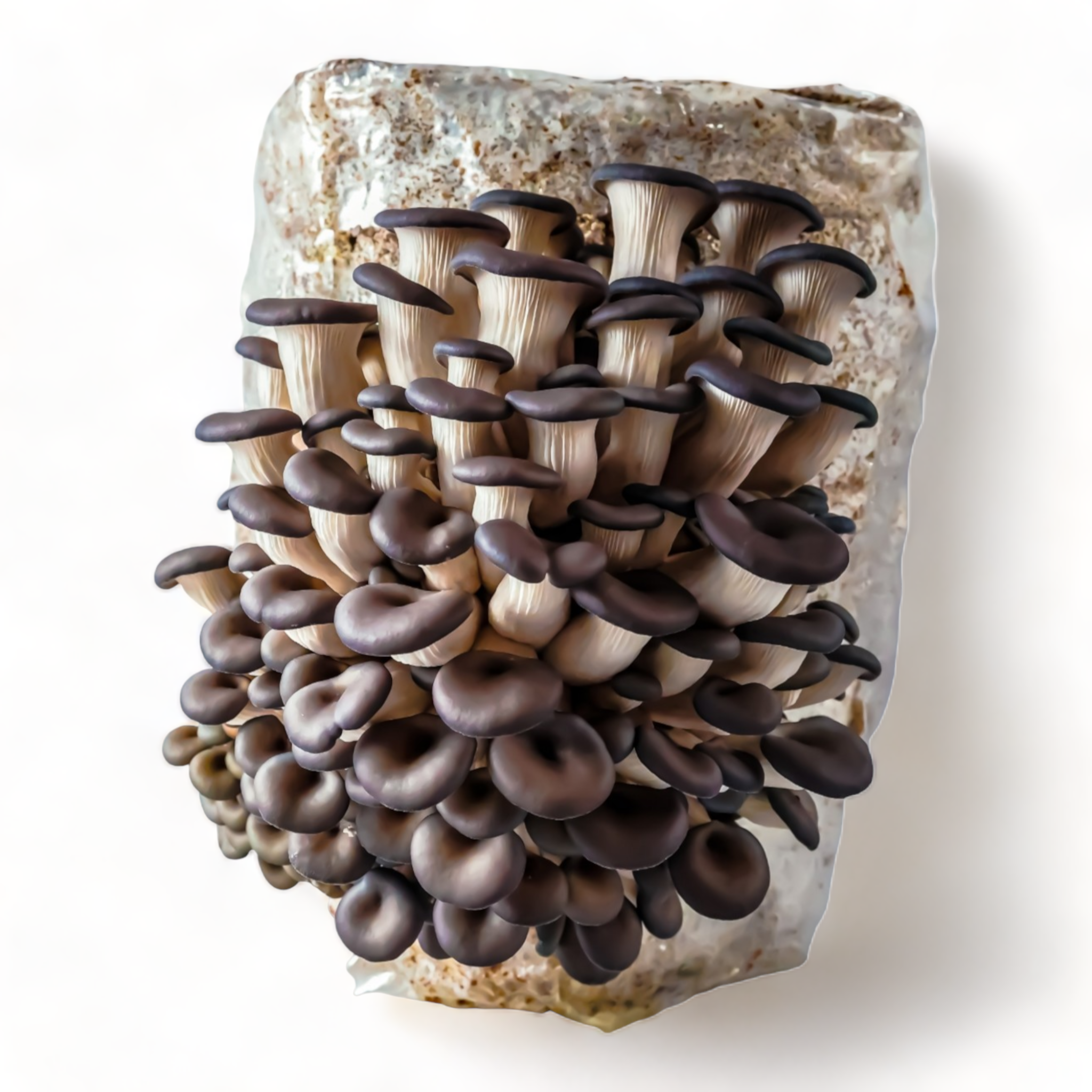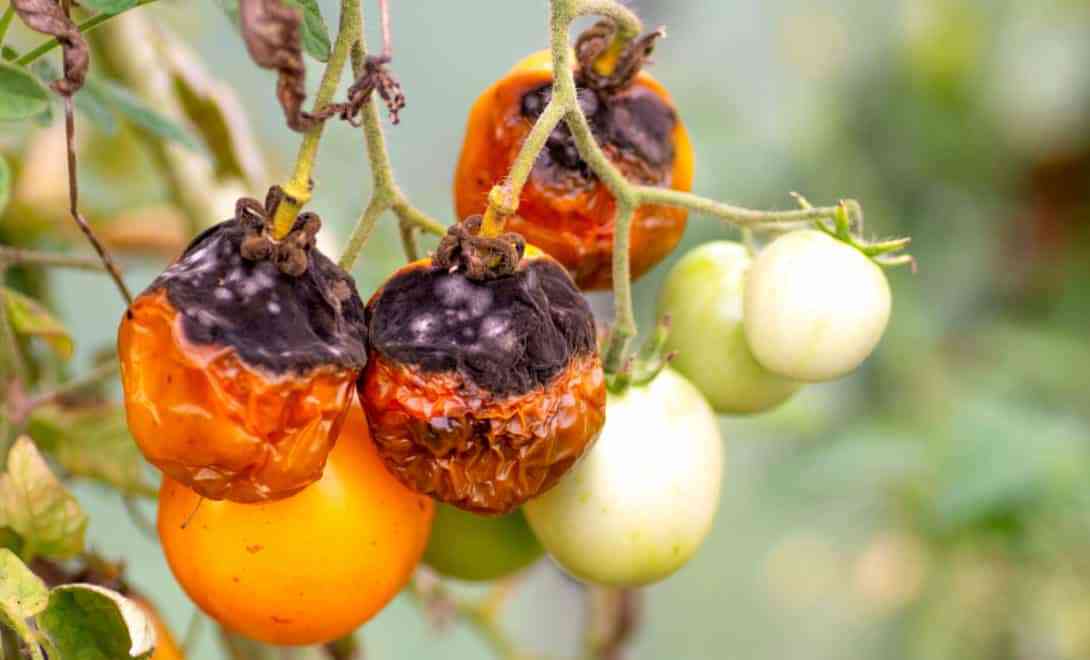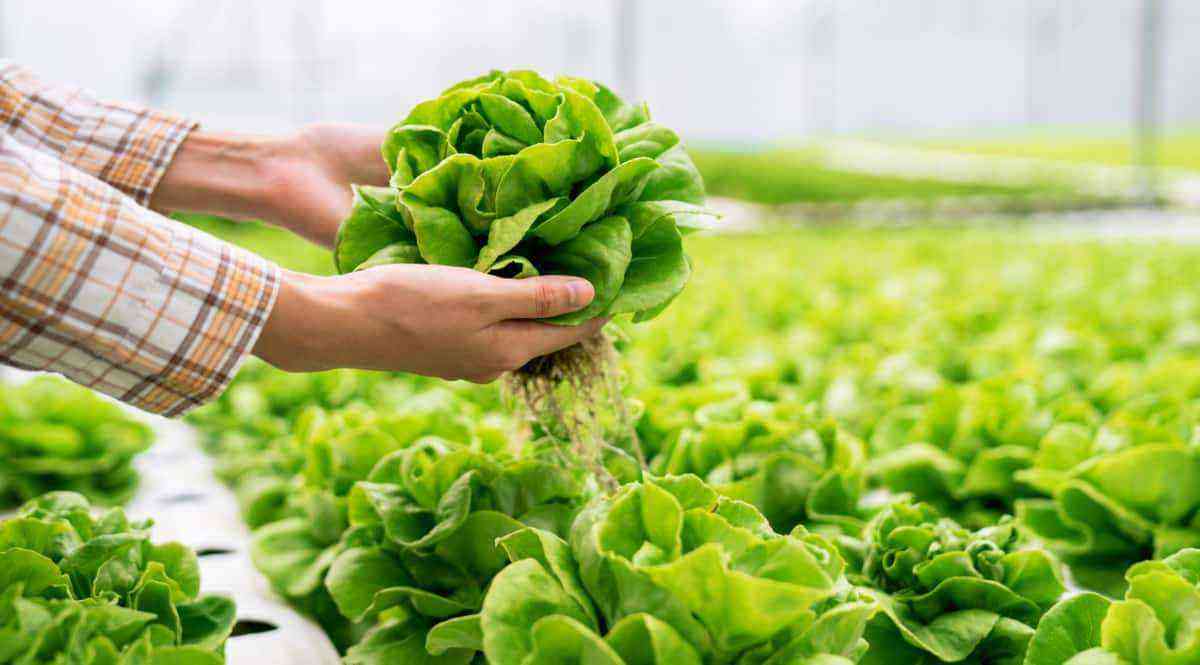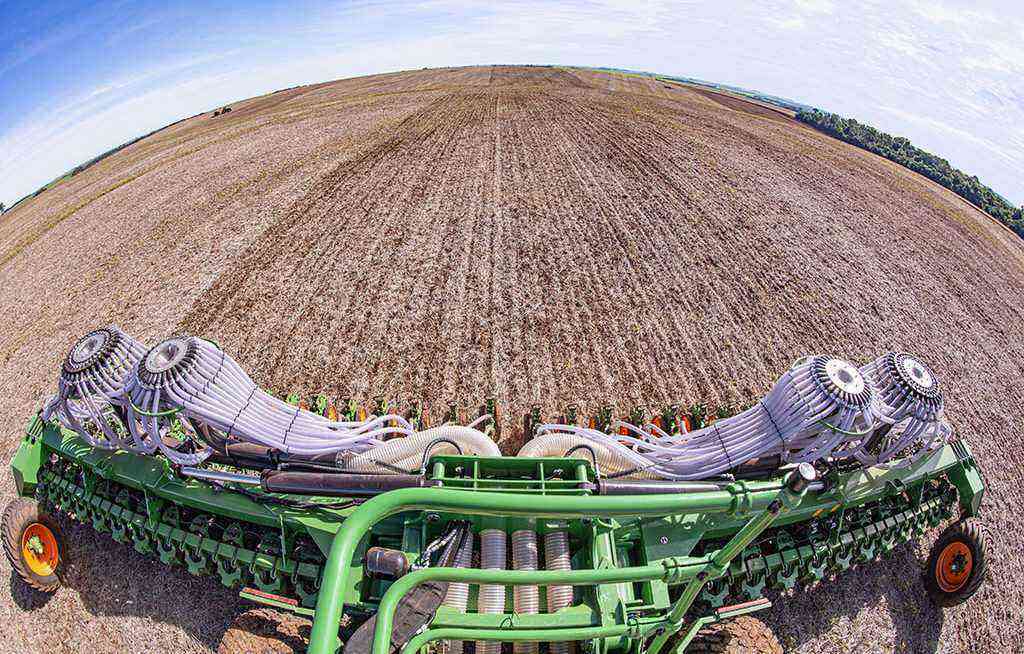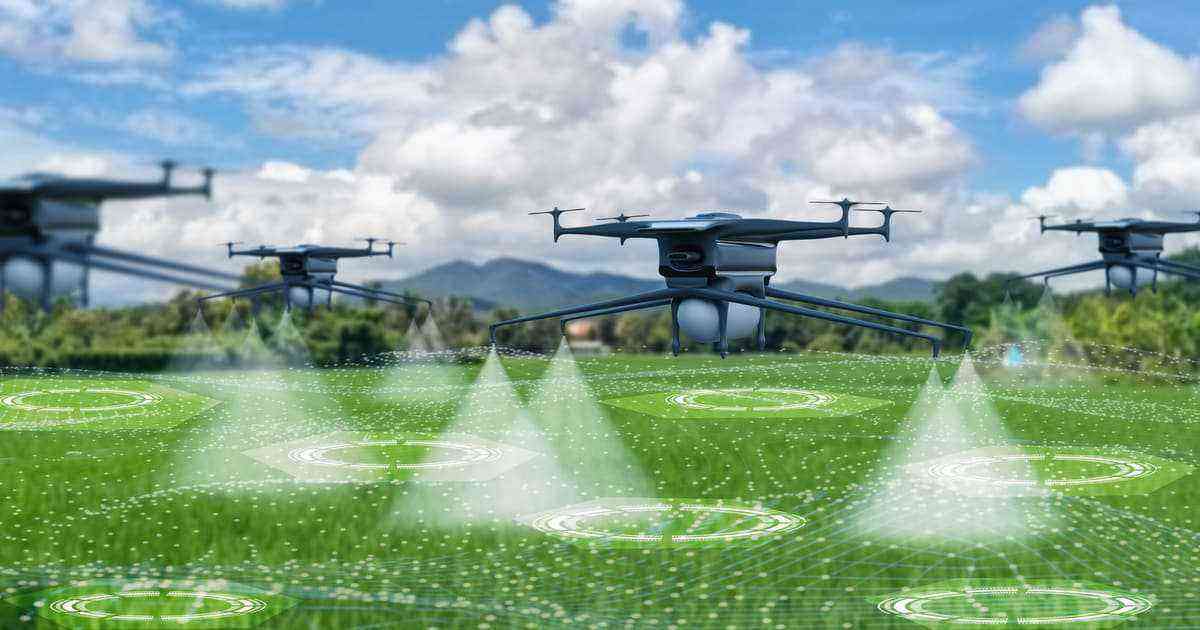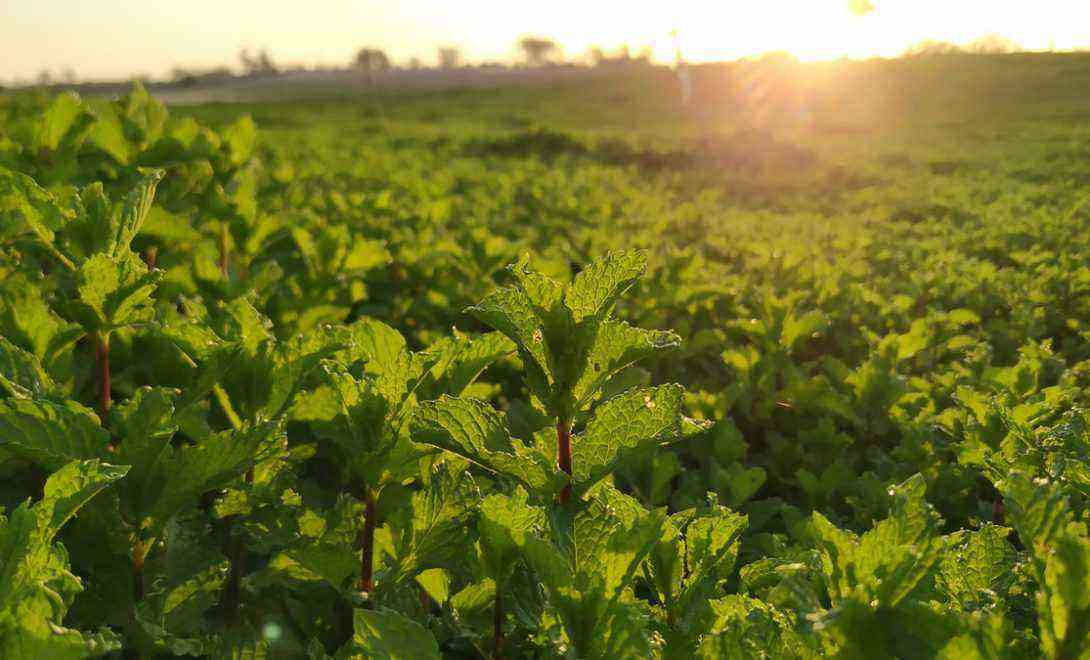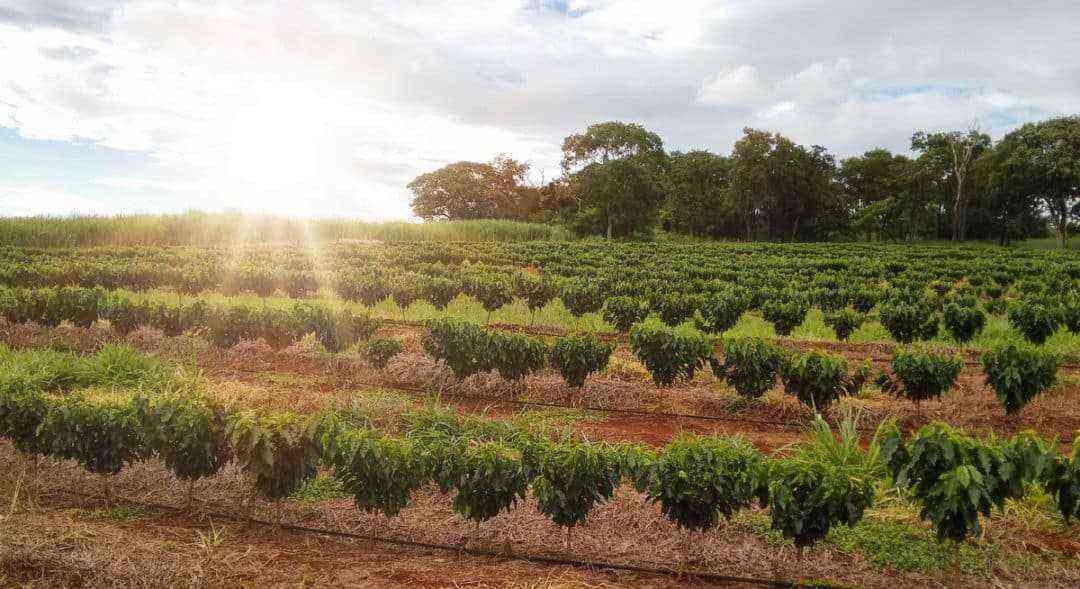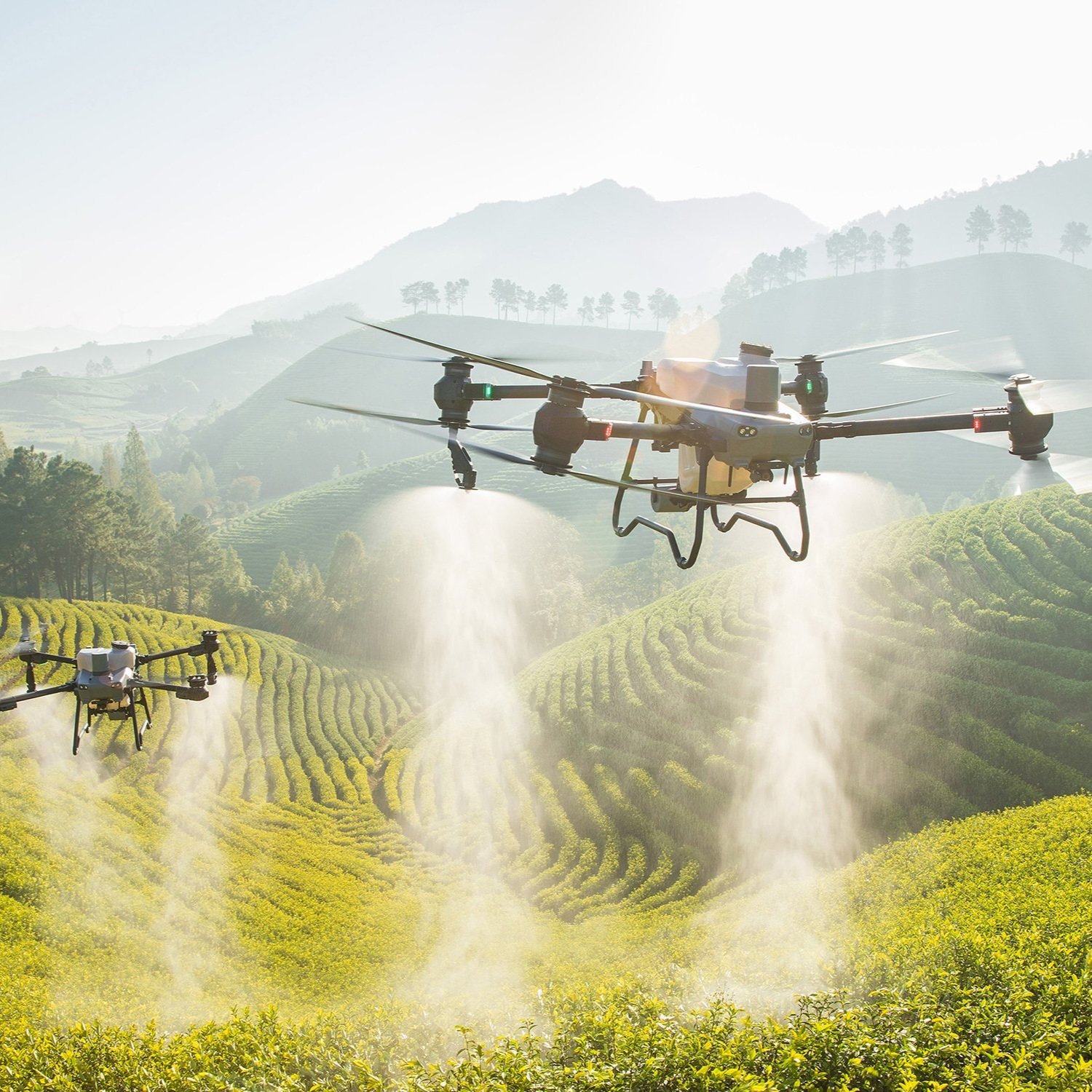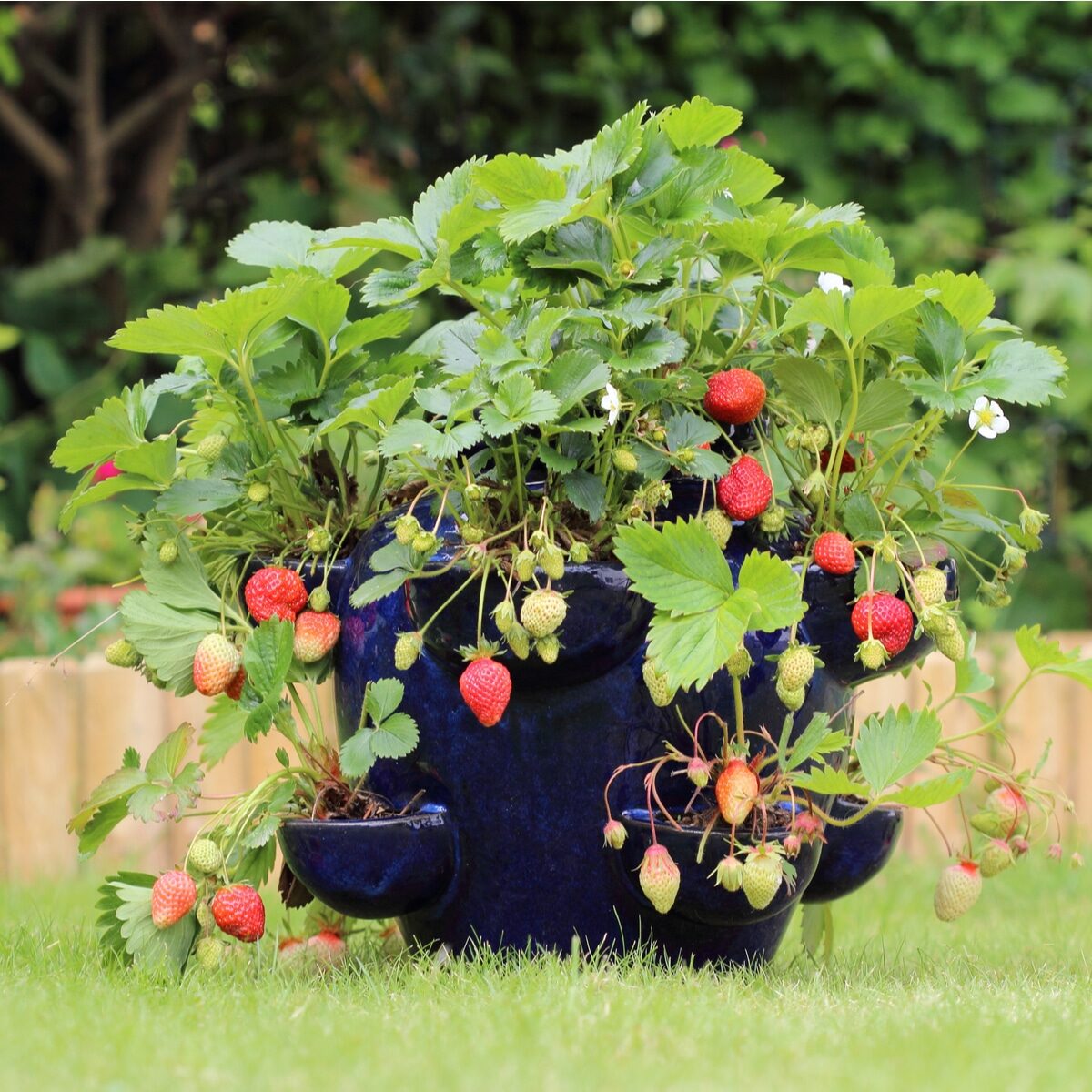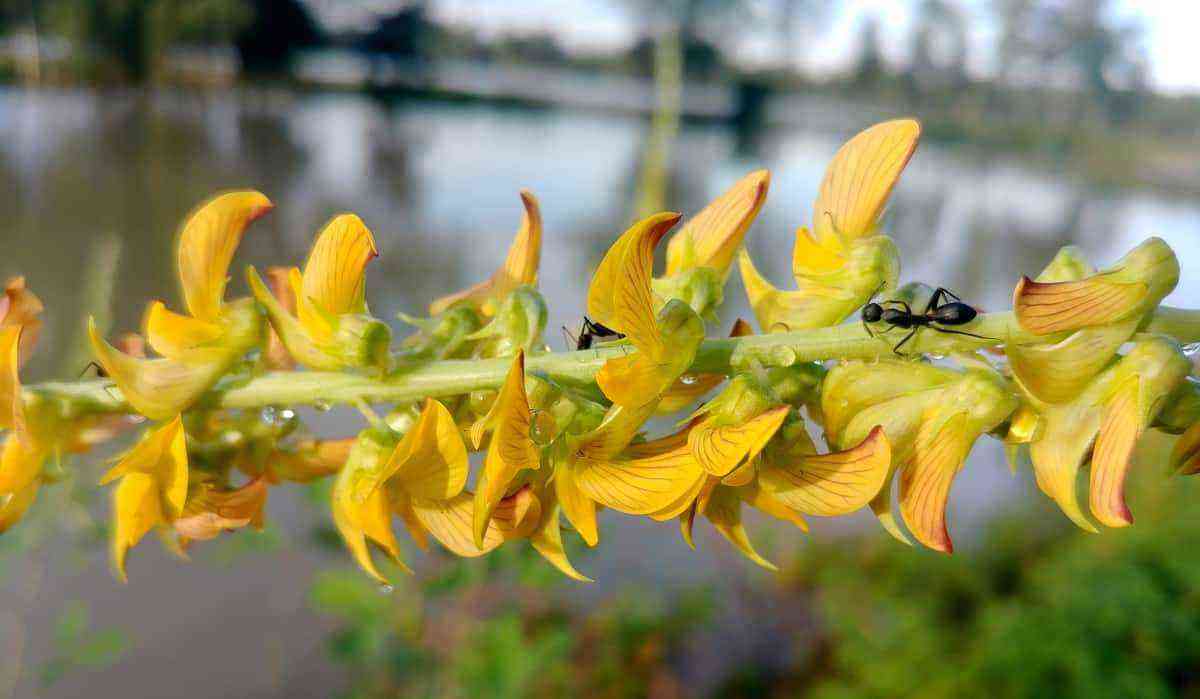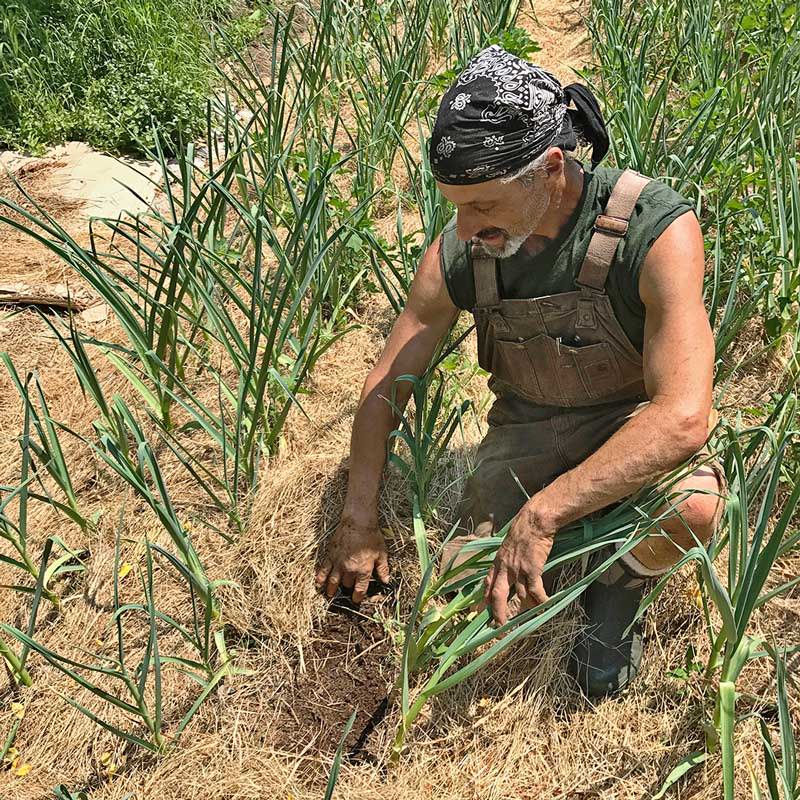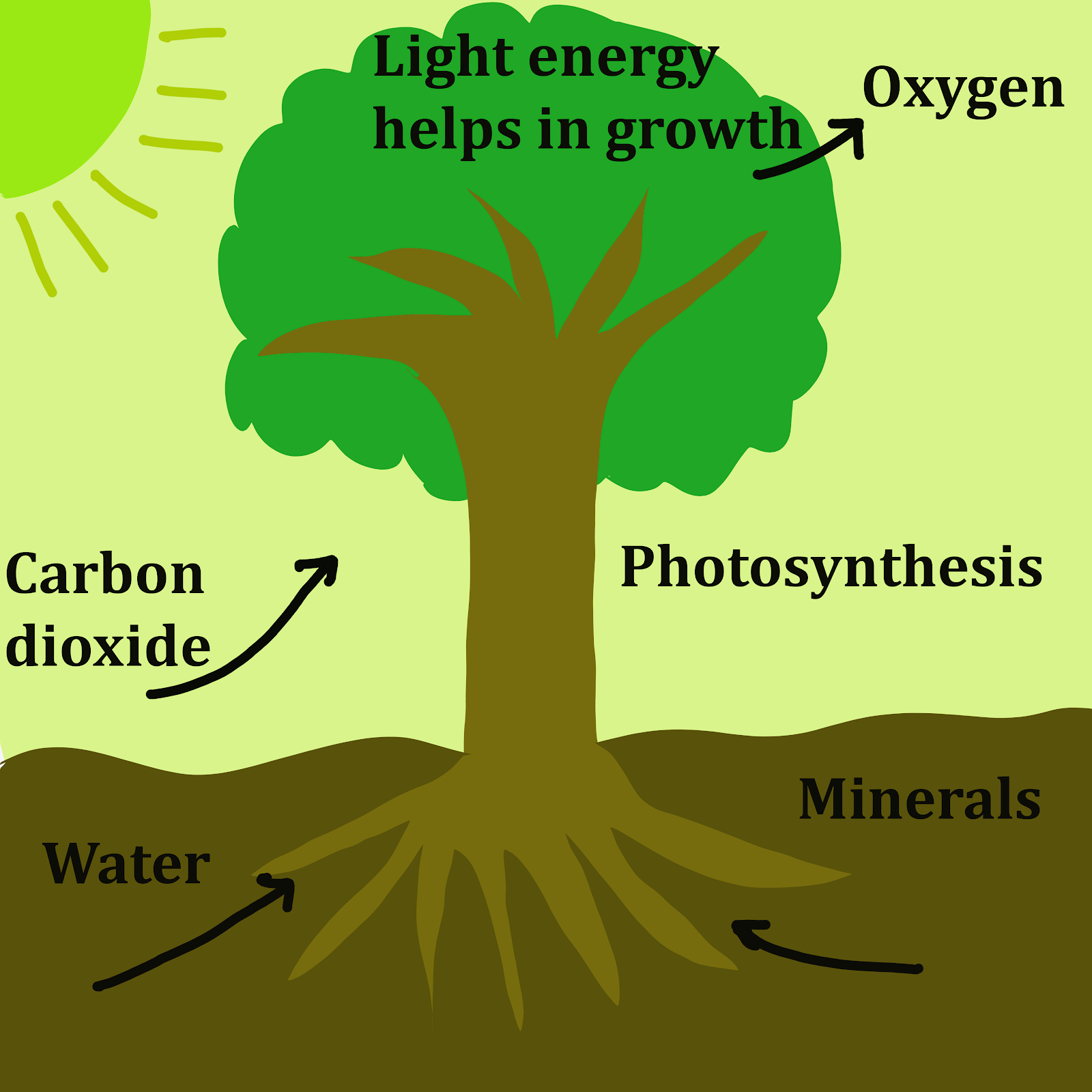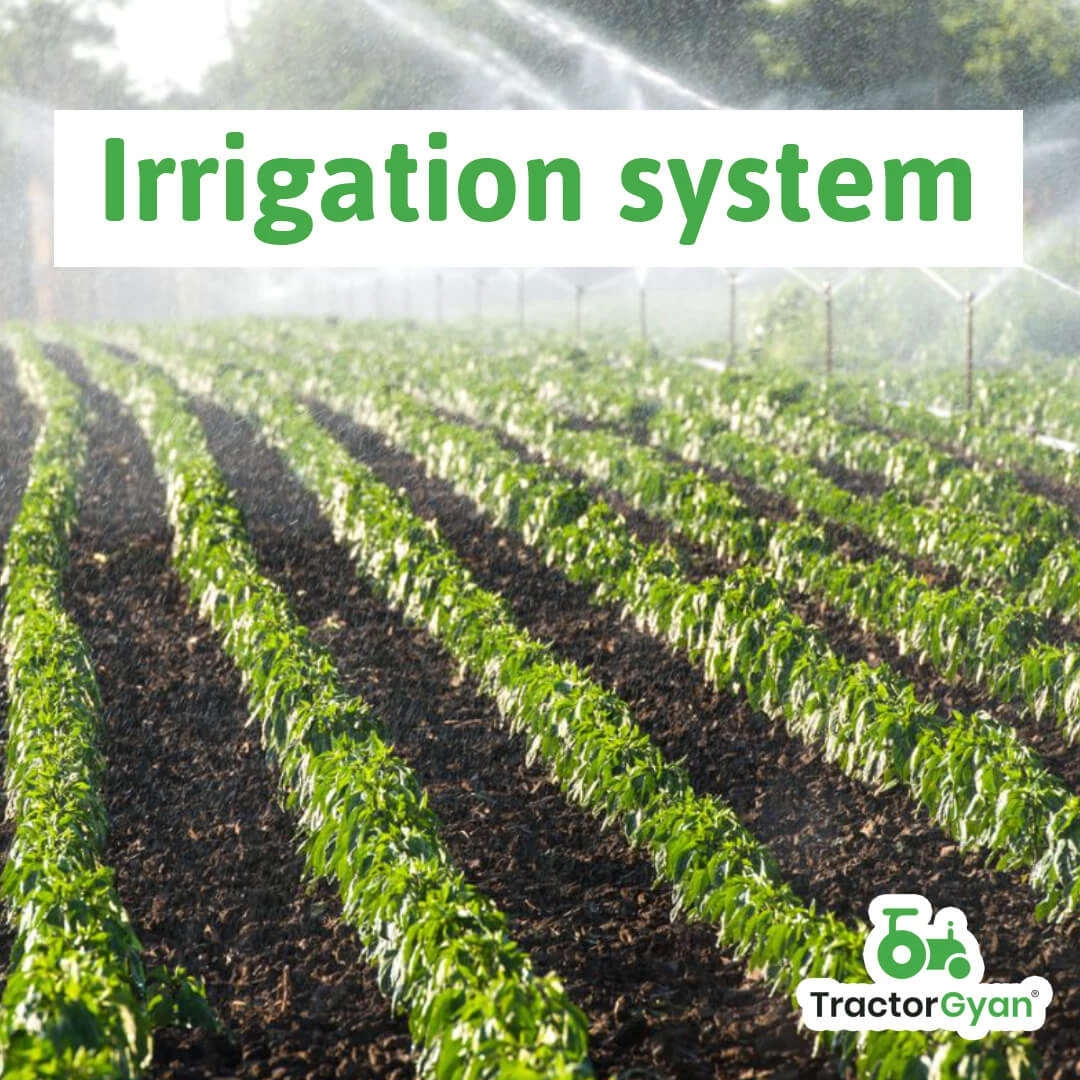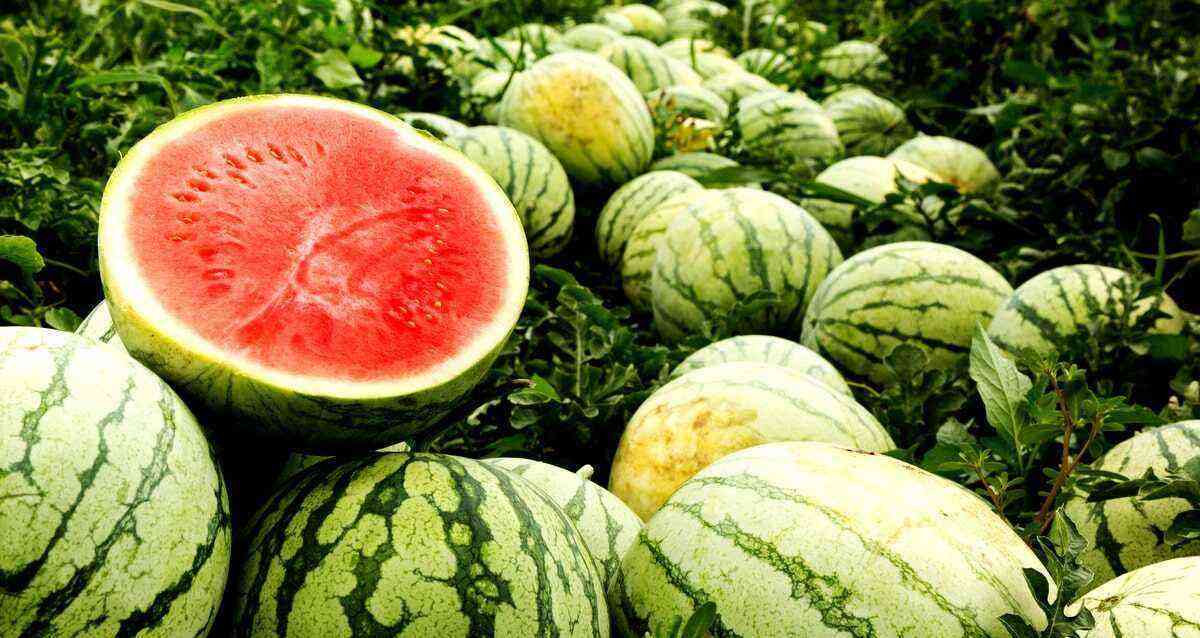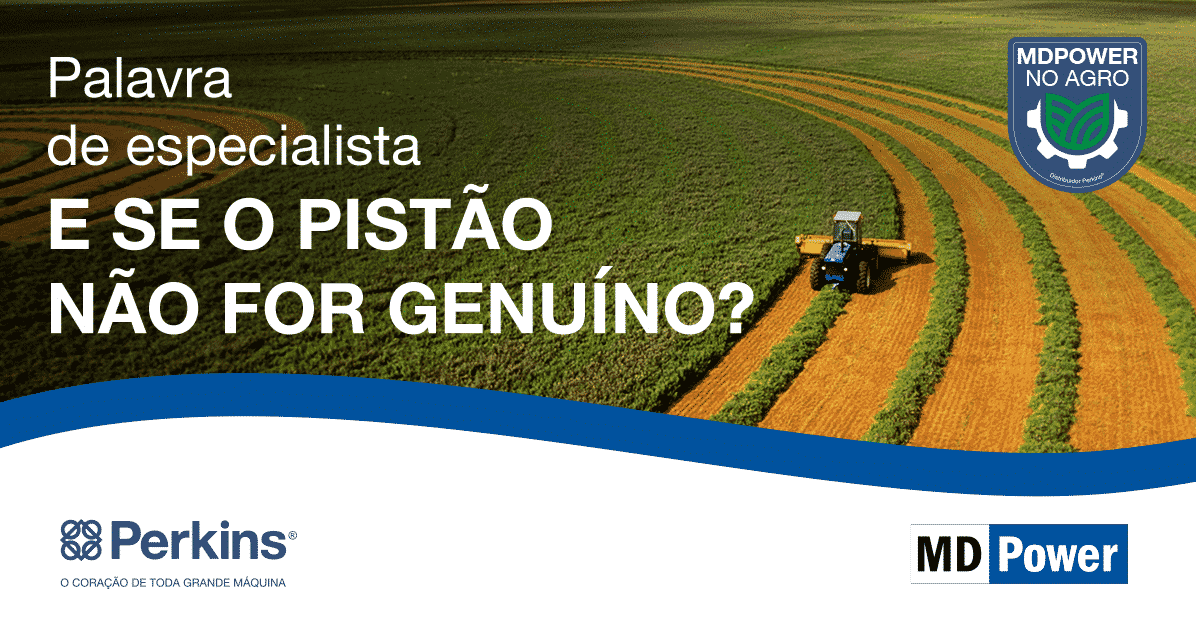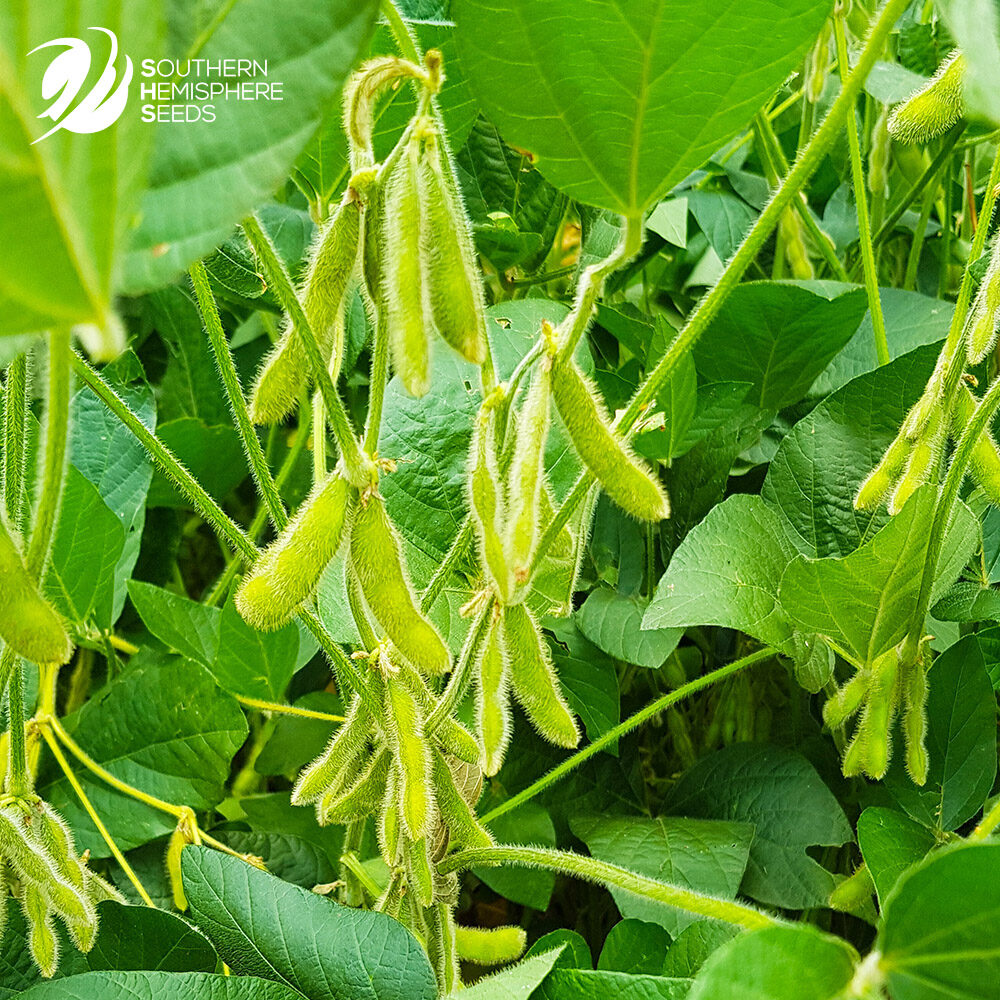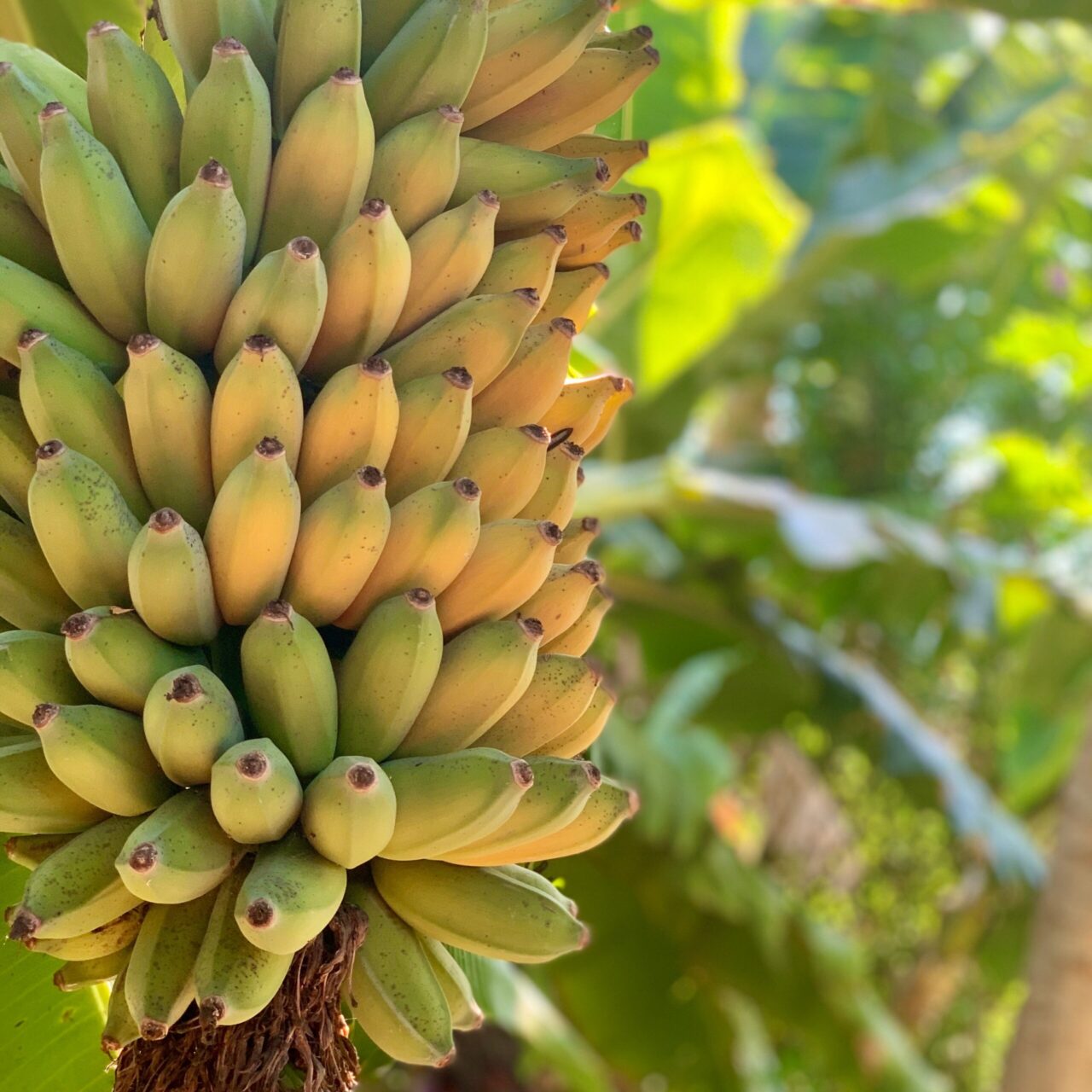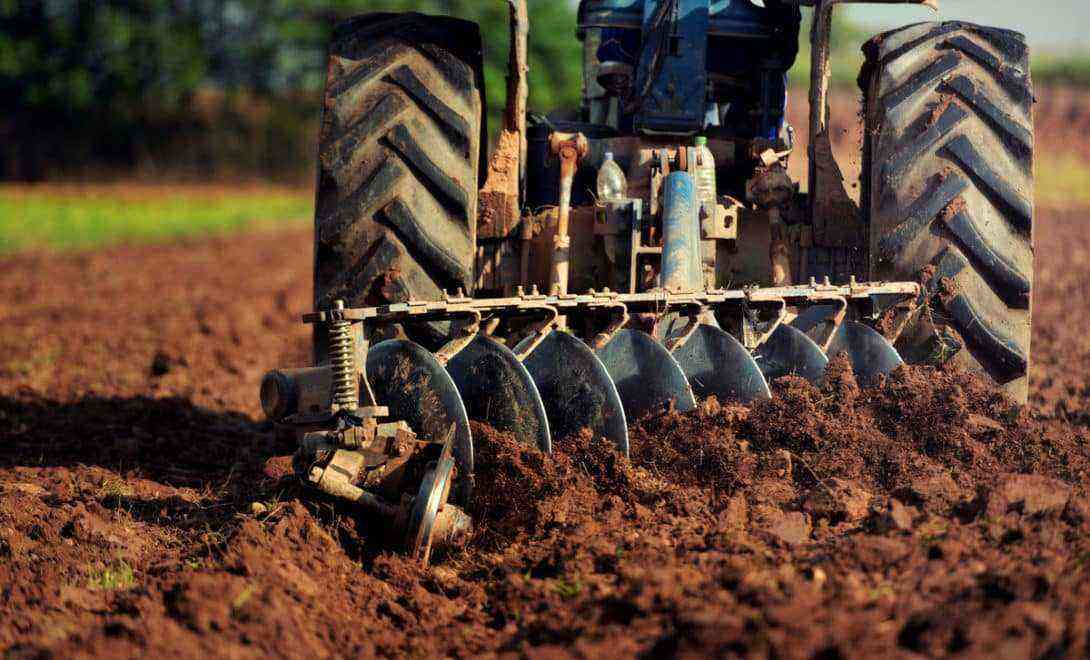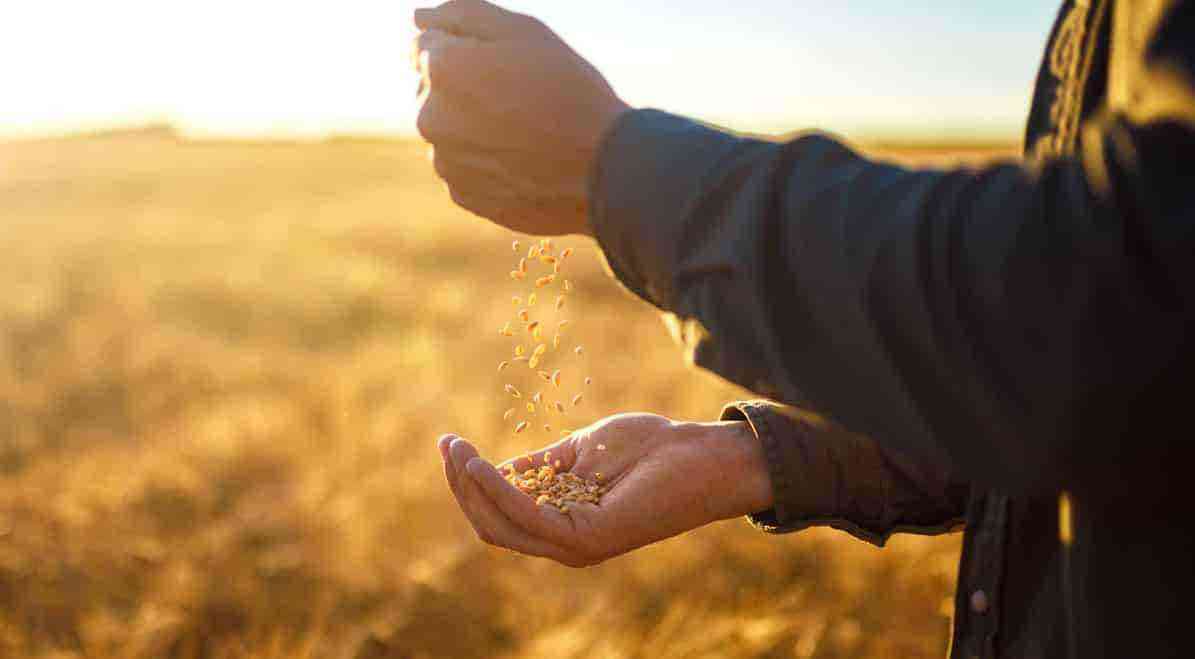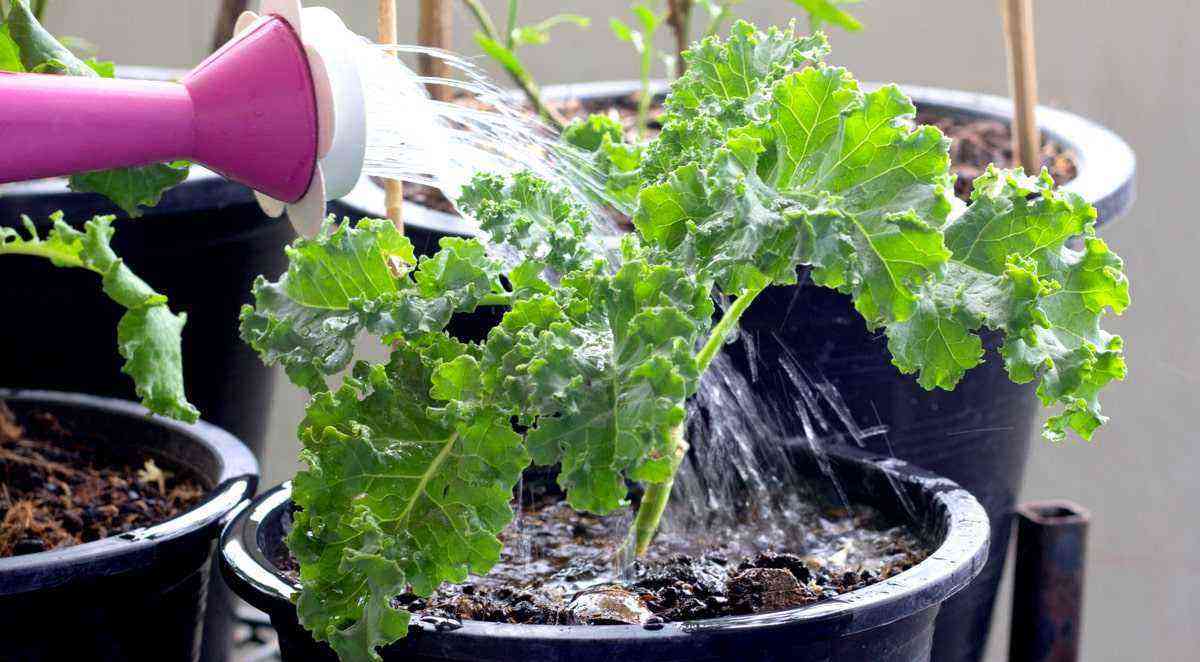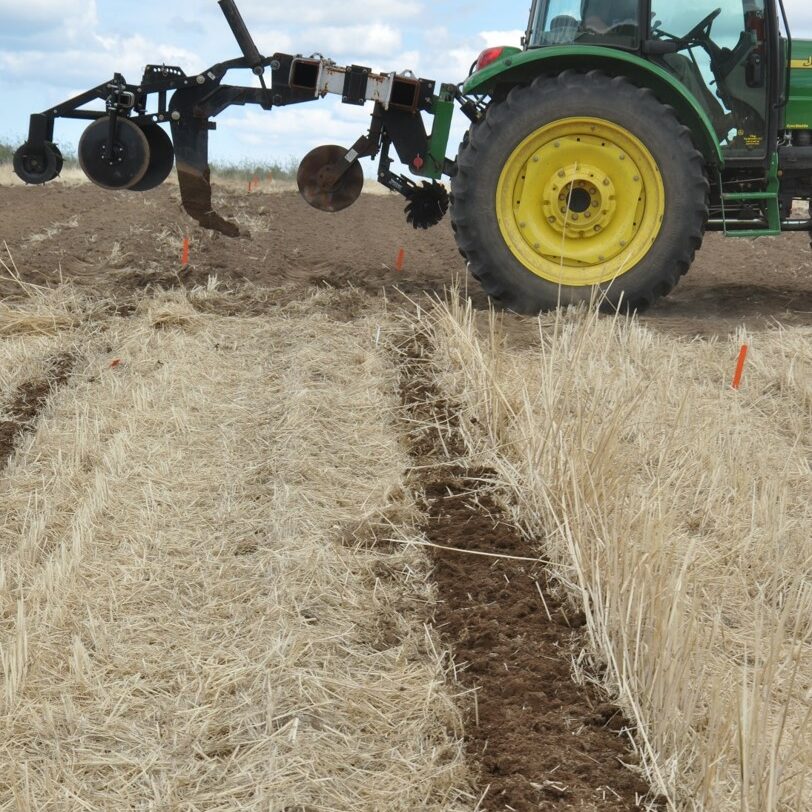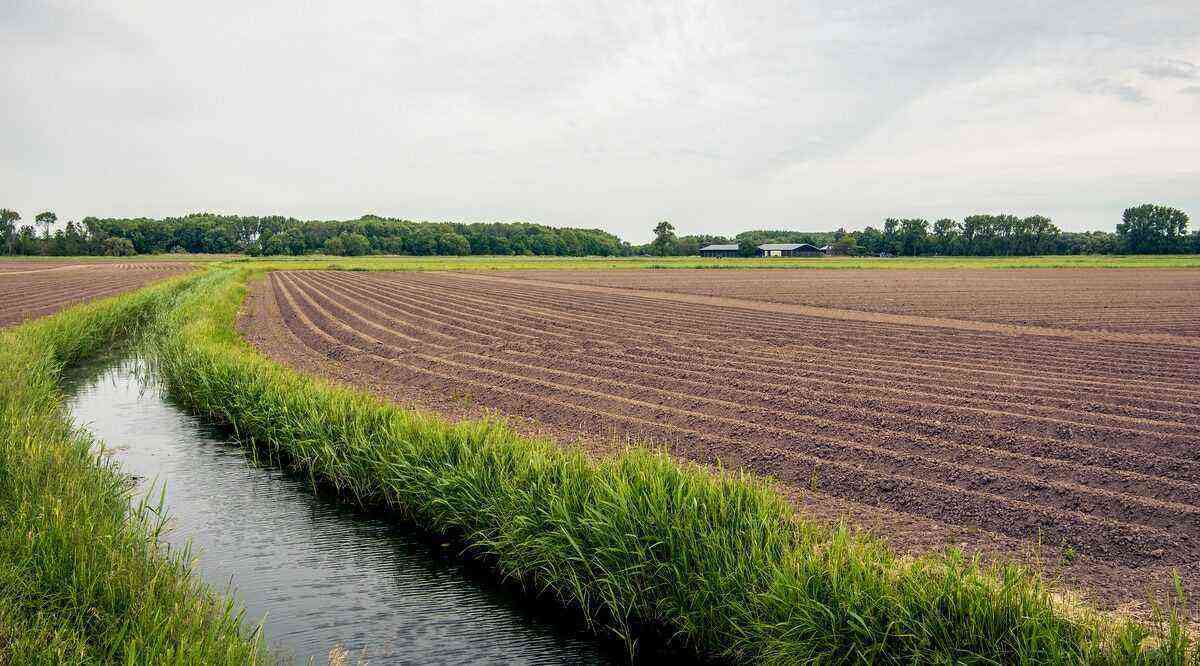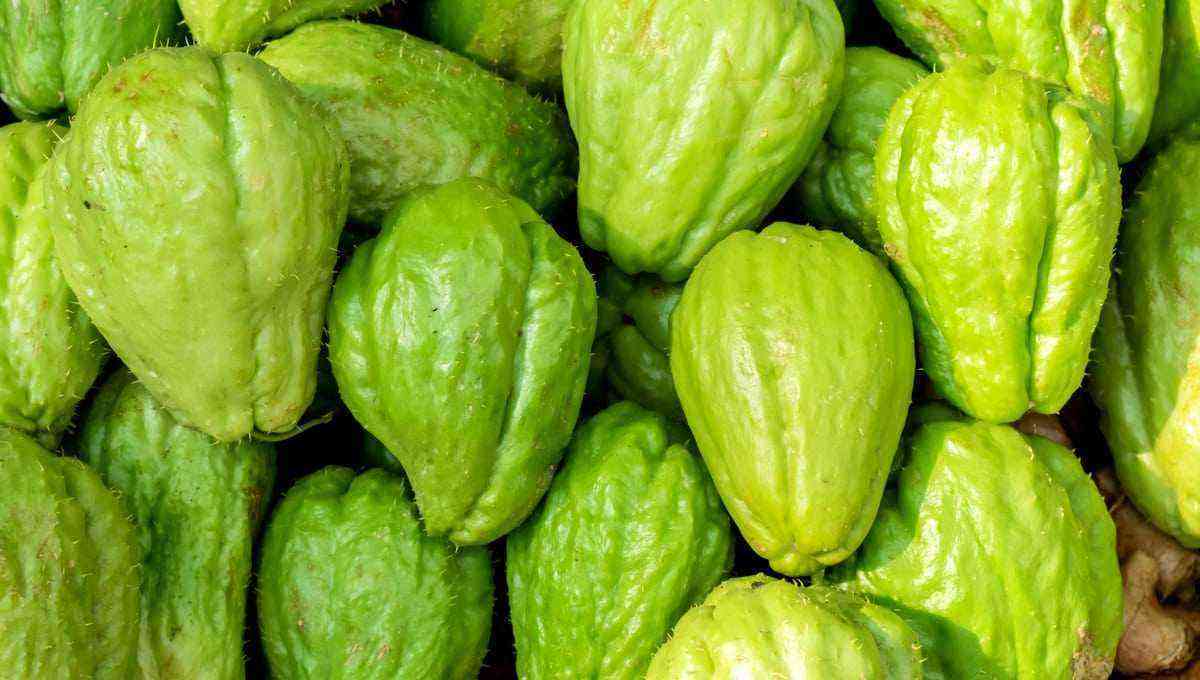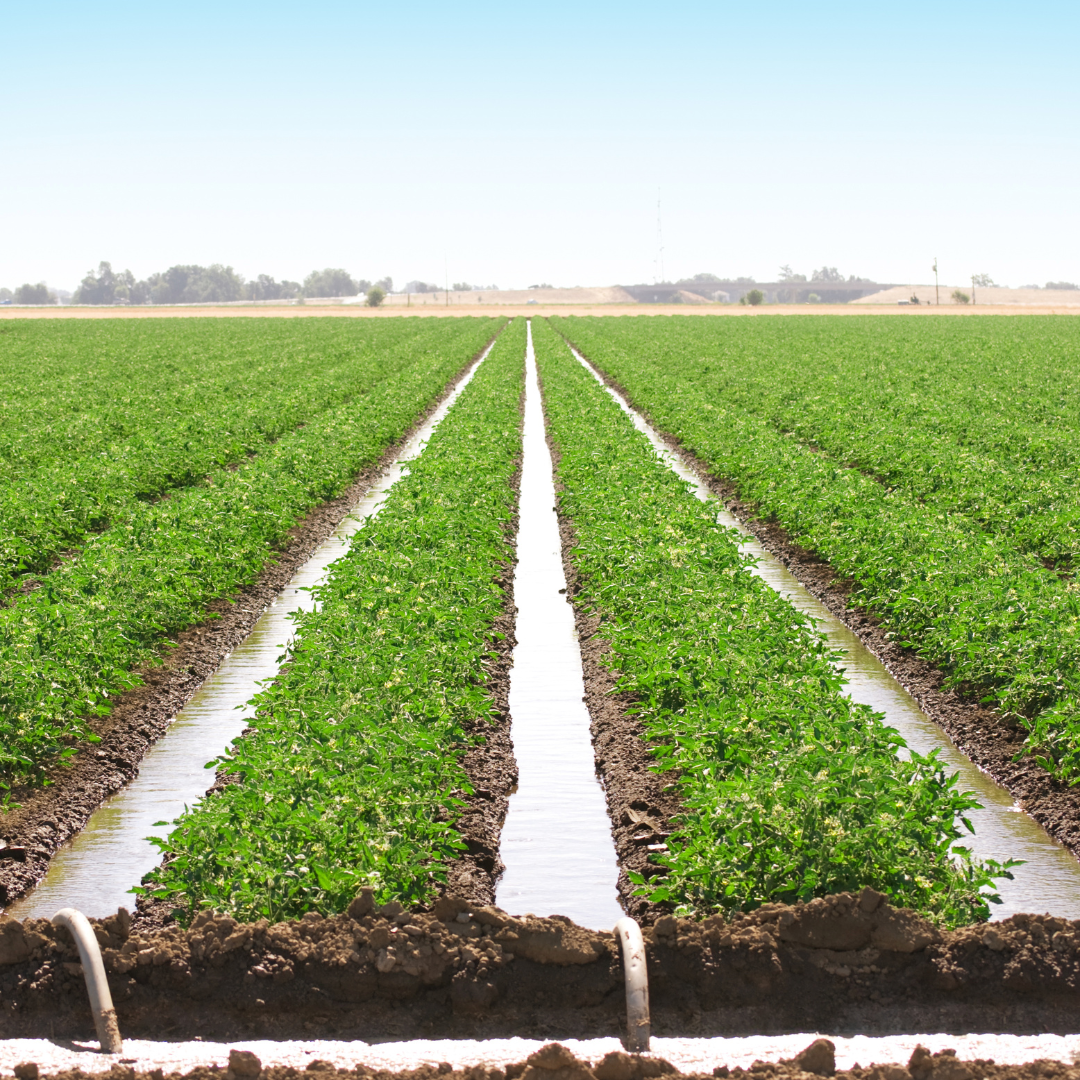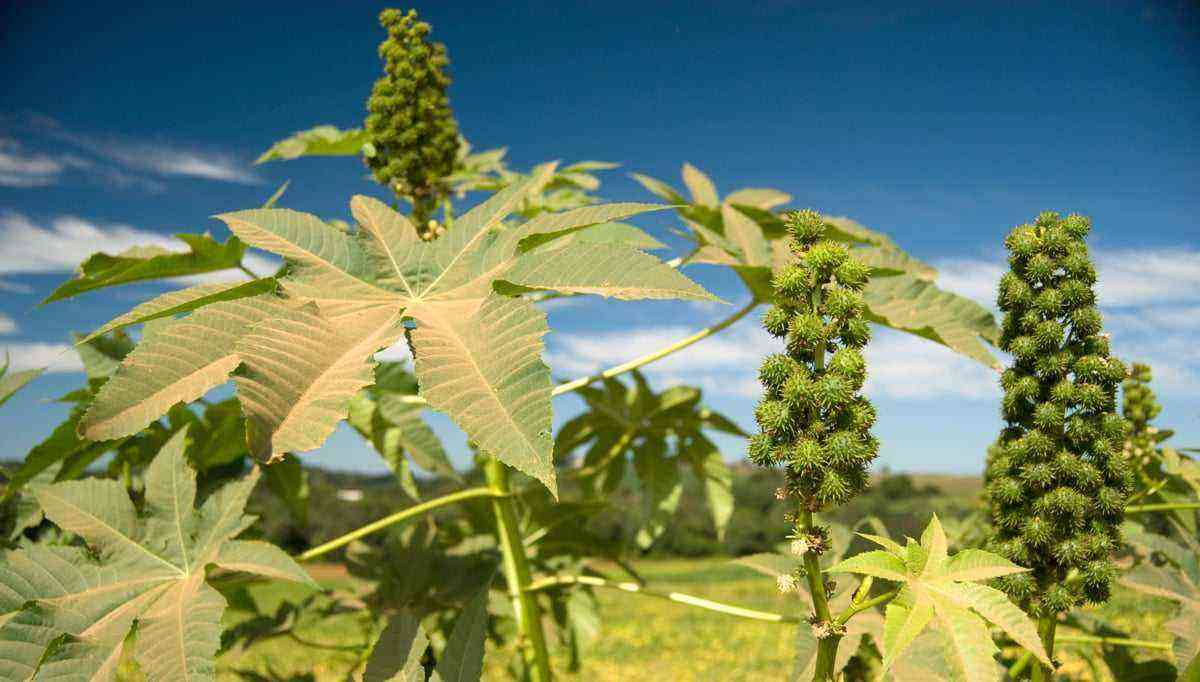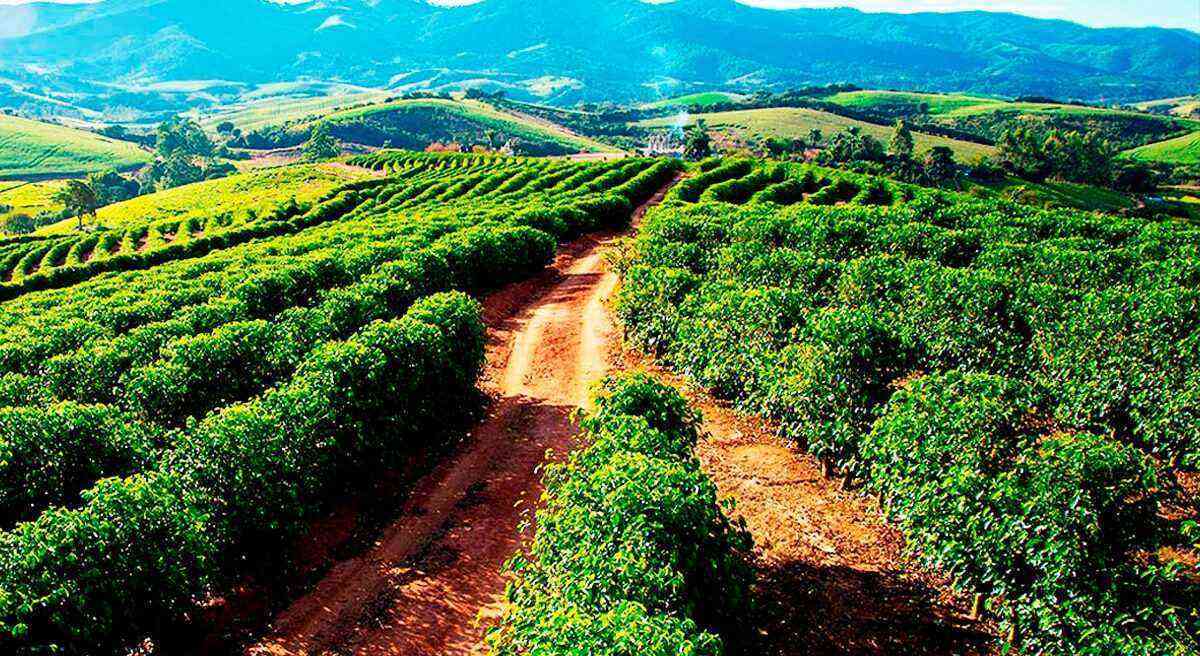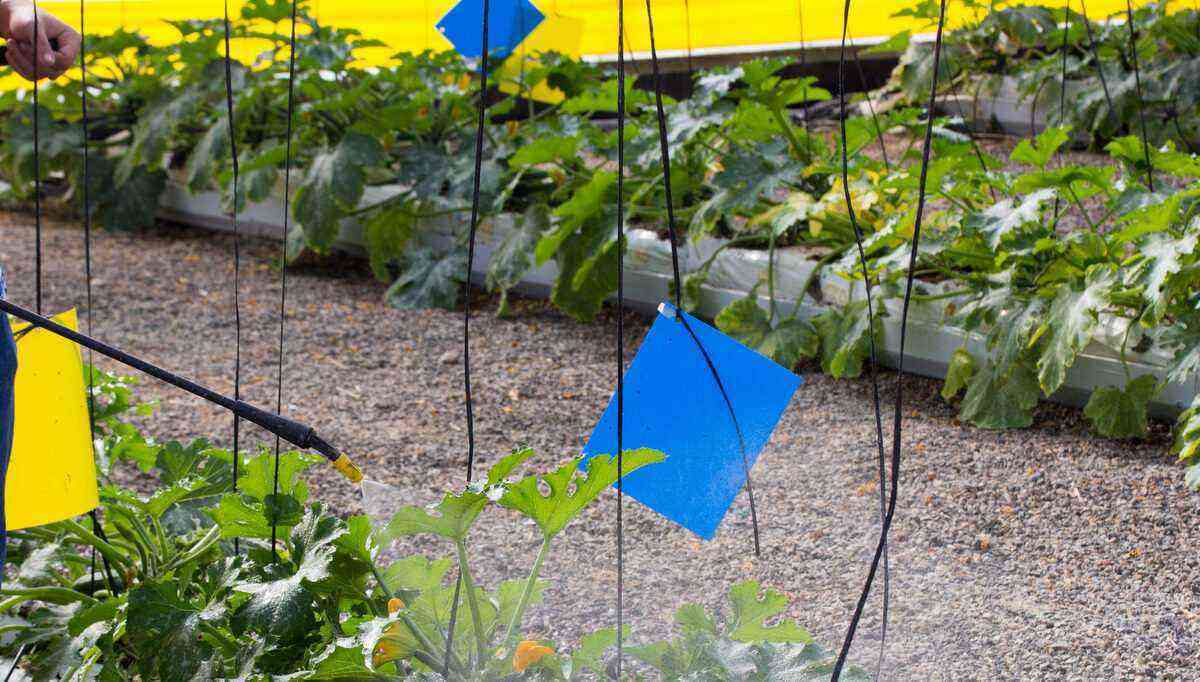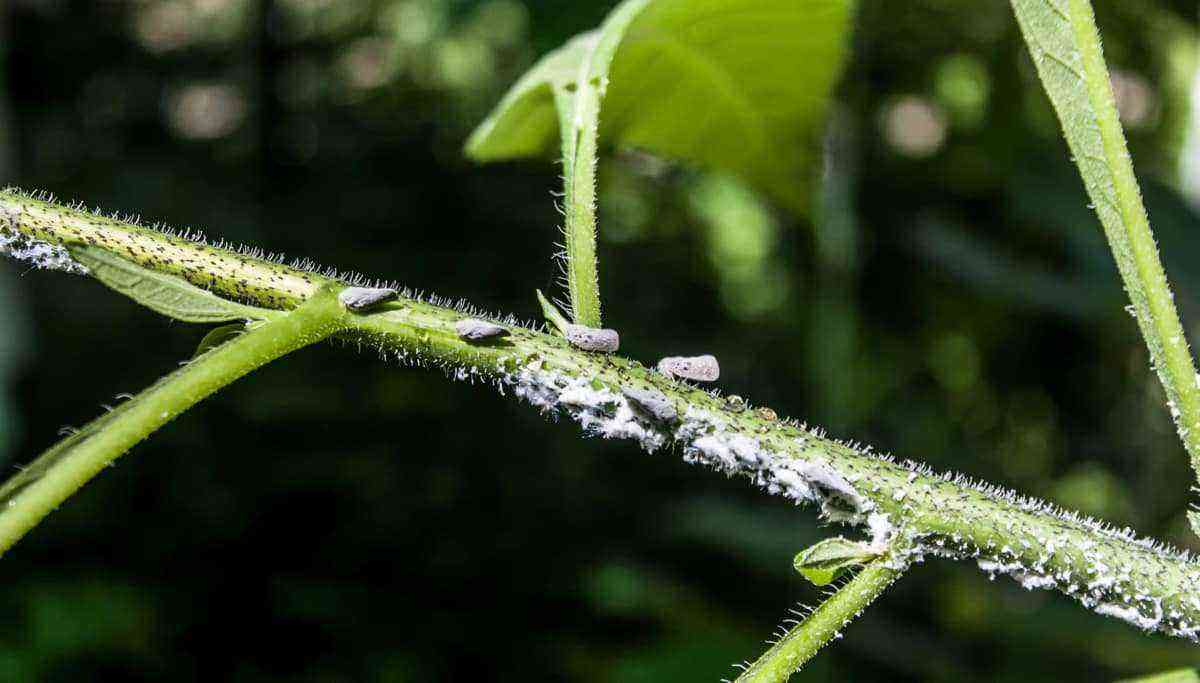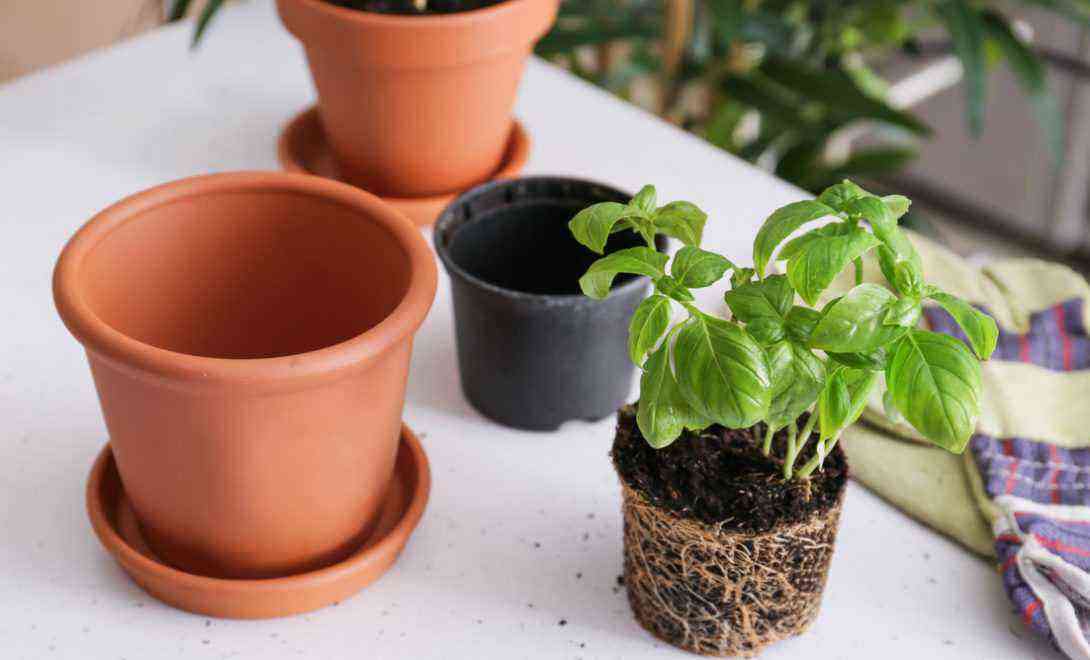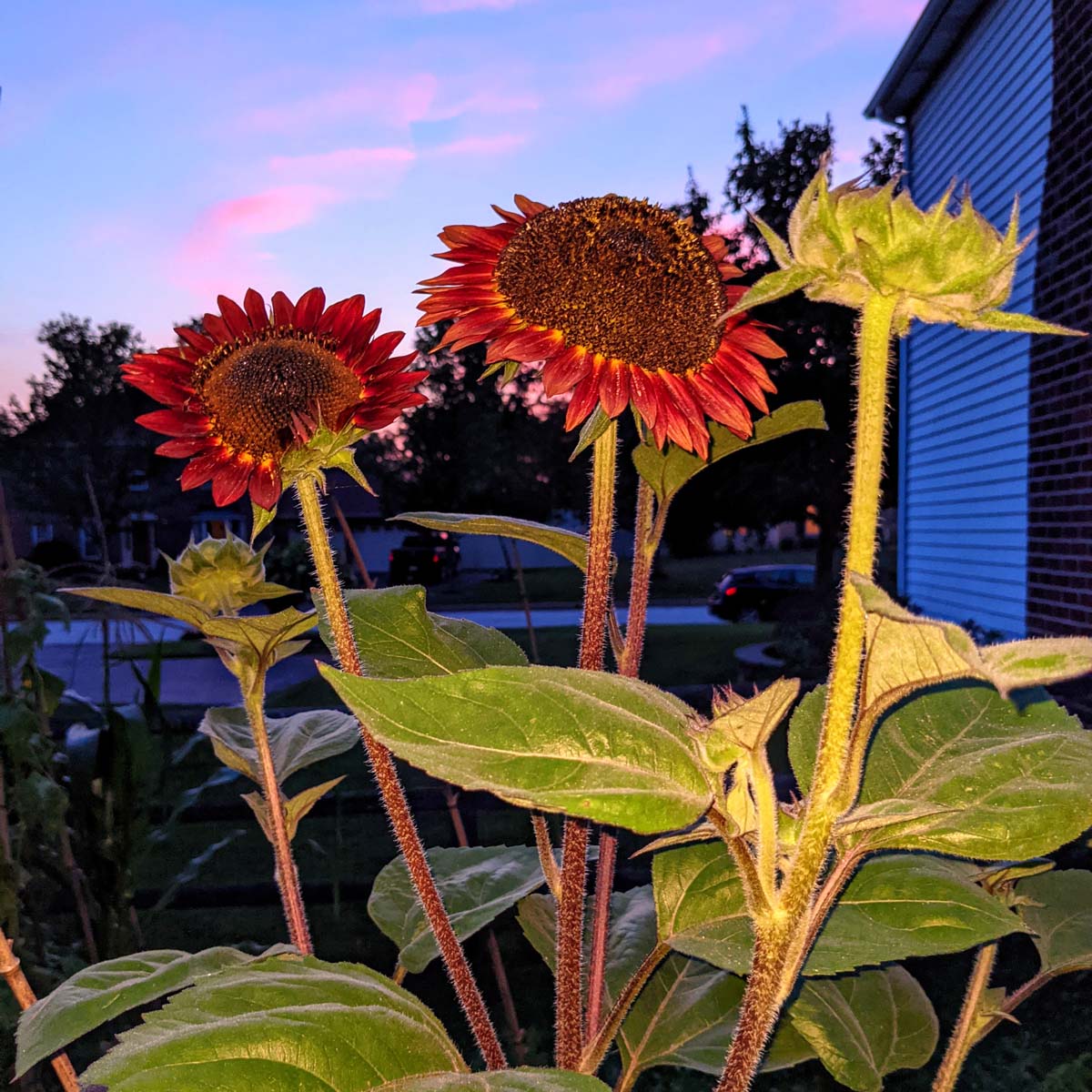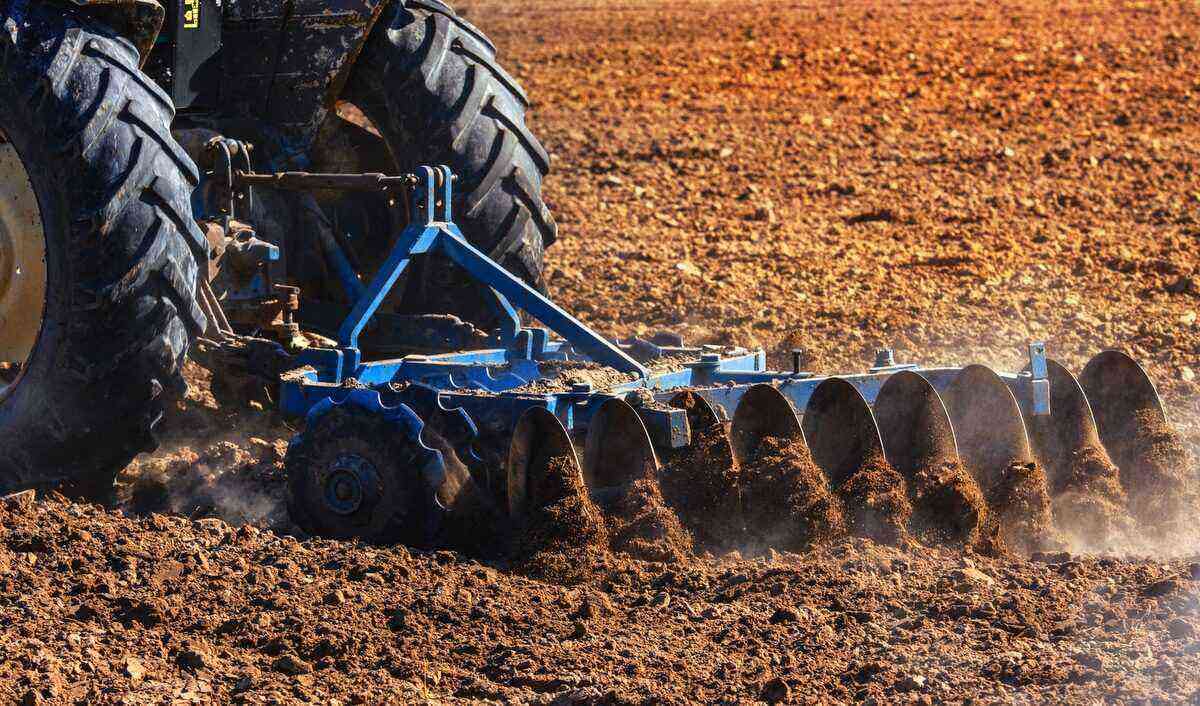A productive crop starts with an efficient sowing process. For that, you need to have a good plantability, which is nothing more than the ability to distribute the seeds evenly throughout the planting furrow, respecting the recommended spacing and depth for the crop.
In this article, we will explain the importance of having good plantability and the main factors that can interfere with the quality of sowing. Check out!
Importance of plantability
To exemplify the importance of good plantability, Professor Paulo Arbex, PhD in Agricultural Mechanization at Unesp in Botucatu, teaches that for every 10% increase in the variation in the spacing between corn seeds in the field, 1,5 bags of grains produced per hectare.
This is because the poor distribution of seeds in the planting furrow results in two scenarios that cause a drop in productivity: the appearance of failures and double plants.
As planting failures decrease the plant stand and allow the appearance of weeds. Already the double plants their development is hampered by the lack of space, becoming etiolated by the search for light, with stems of smaller diameter, weakened, less branched and with weak roots, being more prone to lodging.
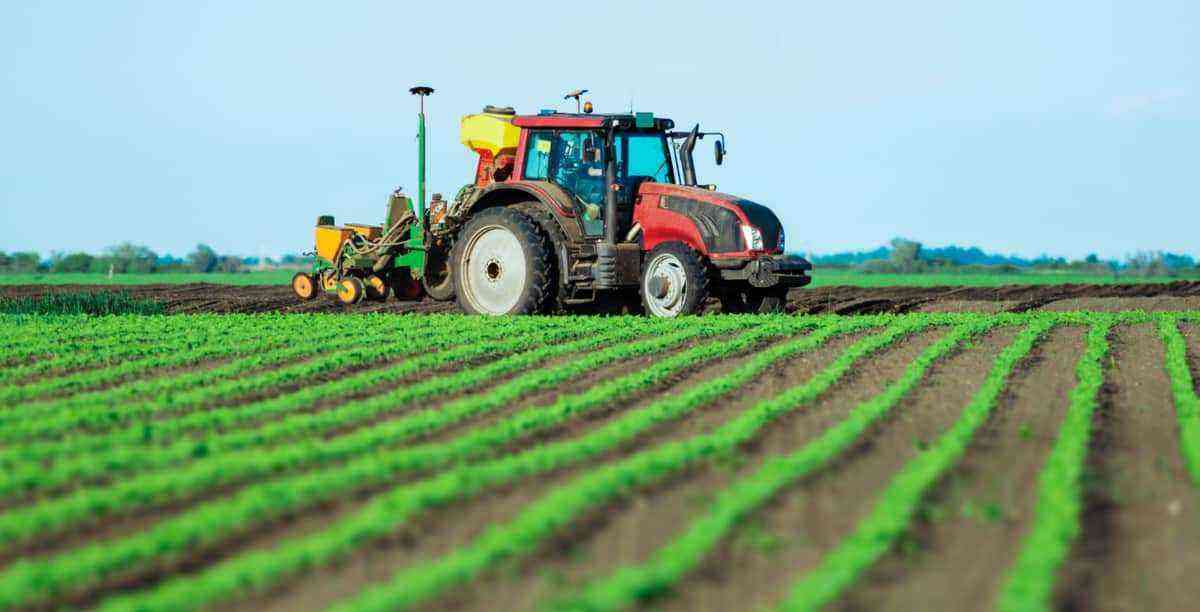 A good plantability guarantees uniform plant rows, helping with the success of the crop.
A good plantability guarantees uniform plant rows, helping with the success of the crop.
Therefore, taking care to ensure a homogeneous distribution of seeds in the planting furrow is essential to obtain a good initial stand, with full development capacity.
Read also: Precision seeding: see how to do it.
What are the main factors that affect plantability?
Now that you understand the importance of ensuring good plantability, you need to know some of the main factors that can affect it:
soil conditions
The type of soil and conditions of compaction e moisture are factors that influence plantability, as they can make it difficult to open furrows and cause changes in the depth of seed placement, causing uneven planting. In addition, in more humid soils, problems can occur with the discs swelling during sowing.
Furthermore, in systems no-till the seeder must be prepared for the presence of straw in the soil, equipped with discs capable of cutting the straw so that the seed is deposited directly in the soil. At the same time, these discs prevent parts of the forage from ending up in the seeder, harming its activity. Making sure the straw is dry also helps to prevent the seeds from enveloping.
Quality of inputs
The quality of inputs is another determining factor. Certified quality seeds provide better germination and plants with greater vigor, in addition to being classified by size, which also helps to improve plantability, as seeds with uniform sizes facilitate better distribution by the seeder.
 Acquiring quality seeds is another factor that will contribute to a good crop formation.
Acquiring quality seeds is another factor that will contribute to a good crop formation.
A fertilizer quality must also be taken into account. Uniformly sized fertilizers are less dispersed inside machines, causing less clogged hoses and, consequently, reducing the number of maintenance downtimes. Furthermore, the dosage must also be well calculated.
Seed metering equipment adjustment
In seeders, there are two main seed dosing mechanisms: mechanical and pneumatic.
O mechanical system it is composed of horizontal disks, which move according to the movement of the seeder, and the seeds are lodged in the holes of the disk. There are several discs that are suitable for seeds of different crops. As long as the seeder’s regulation and speed are adequate, the quality of planting by seeders with this type of metering equipment can be satisfactory.
However, it is common for singulation problems to occur, when the seeding disc alveolus ends up with two seeds, causing them to be planted in the same place. It can also run out of seeds, creating a larger space than necessary in the planting furrow.
The other type of metering mechanism is the pneumatic. In it, the seeds are forced to adhere to the alveoli of the discs through the action of vacuum, which reduces the chances of failures and double plants. Therefore, it offers greater precision in sowing.
 In plantability, the use of modern modern equipment also has a positive influence. This is the case of a high precision pneumatic seeder.
In plantability, the use of modern modern equipment also has a positive influence. This is the case of a high precision pneumatic seeder.
In addition, it is essential that the machines used to sow the crop pass through periodic maintenance. In this way, it is avoided that any problem reaches the alveoli of the disc or that another piece directly interferes with the disposition of the seeds at the time of planting.
In fact, in more serious cases, these defects can affect the functionality of the equipment, in addition to putting the lives of the people who operate the equipment at risk. Therefore, organize a schedule of revisions and maintenance of the machinery in a preventive.
Seeder displacement speed
This is factor that most influences the distribution of seeds in the planting line, therefore, which most affects plantability. Even so, it is commonly overlooked.
A sowing speed above the recommended reduces the sowing depth, causes stand failures and reduces the productive potential of the crop. The higher the speed, the greater the irregularity in seed distribution.
The recommended speed for more modern seeders, with a pneumatic distribution system, is a maximum of 8 km/h. In the case of seeders with a mechanical disc system, the speed must be between 4 and 6 km/h.
 Employees responsible for planting must be aware of the speed of the equipment. Thus, the seeds will be distributed correctly in the soil.
Employees responsible for planting must be aware of the speed of the equipment. Thus, the seeds will be distributed correctly in the soil.
In this way, following the technical recommendations of the machine manufacturers, seed distributors and agronomists, the farmer will be able to provide a good spacing between plants.
Conclusion
Therefore, with this article, we seek to present the most important details involving plantability, with the purpose that you have success in your farming. Below is a summary of the main tips we mentioned:
- Make a good soil preparation. In the case of no-till, ensure a good distribution of straw in the area;
- Use a quality seeder and with periodic reviews that allow its proper functioning;
- Check the adjustment of the equipment, taking into account the soil and humidity conditions;
- Pay attention to the spacing, depth and distribution of seeds. Test before planting;
- Respect the planting speed indicated by the manufacturer;
- Only use certified and high quality seeds;
- Clean equipment after use.
Thus, we hope that you will be able to analyze how the plantability is in your crop and make the necessary changes in your rural property.
